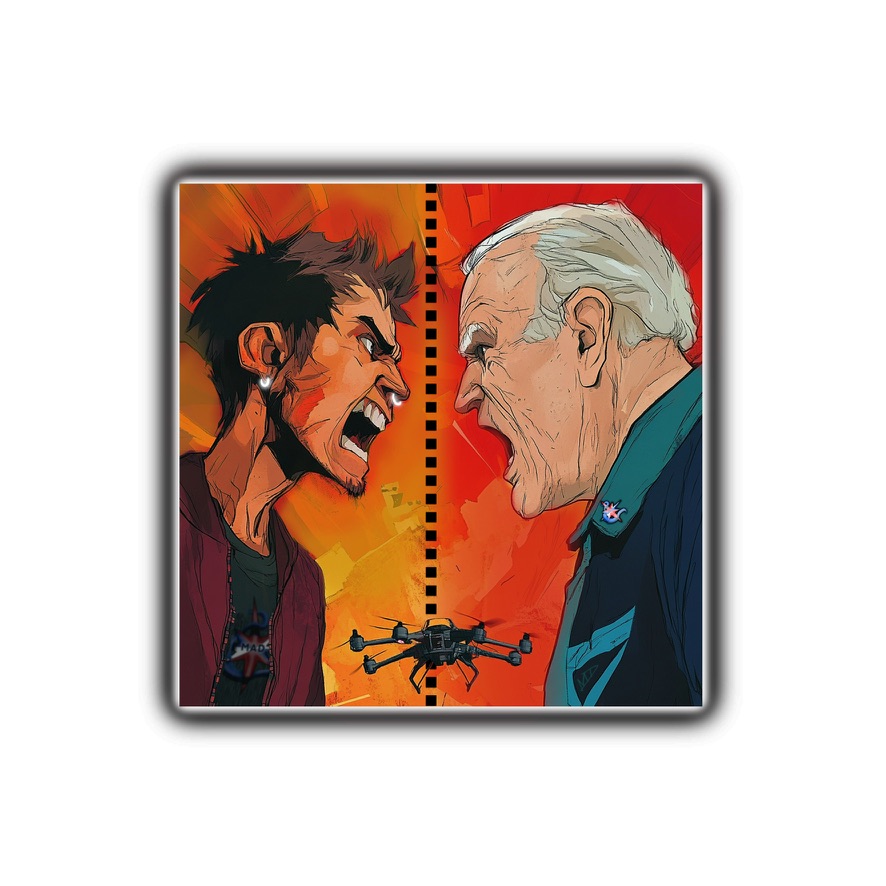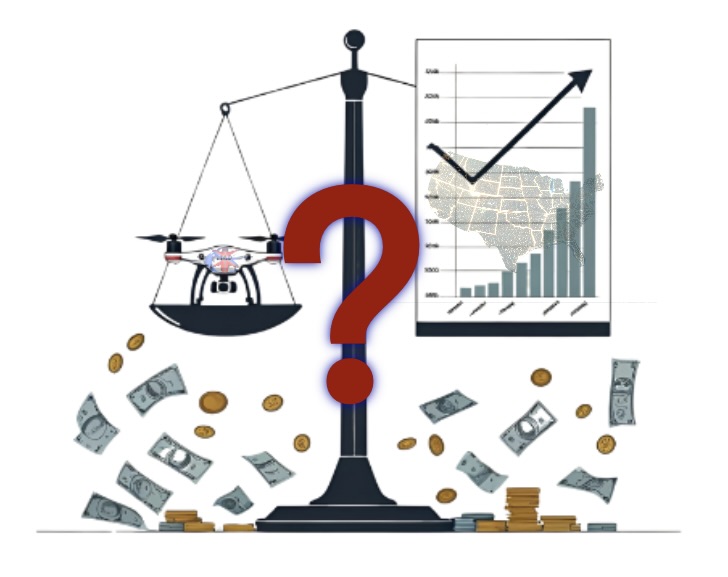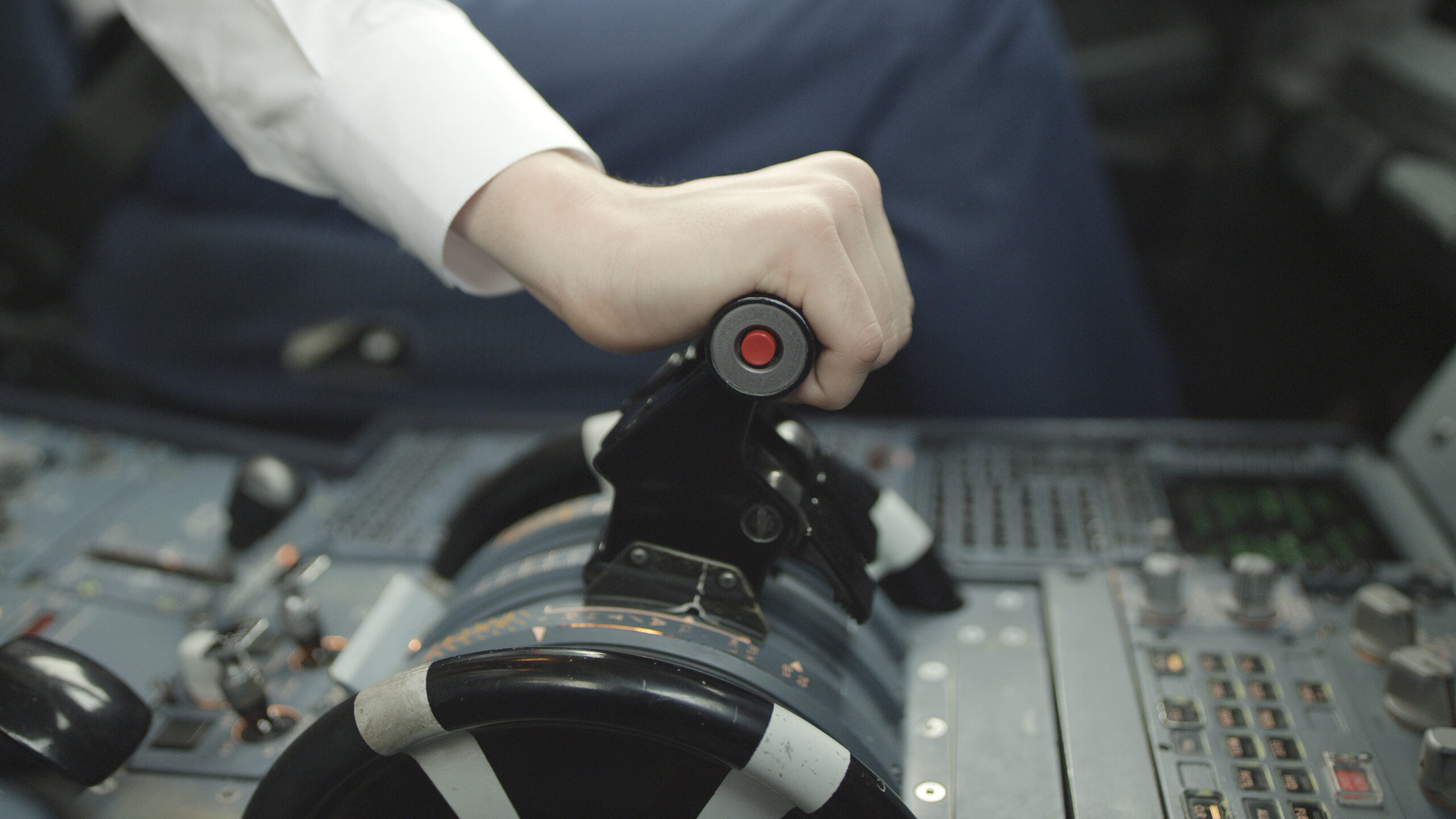By: Michelle Duquette, AG Operations Ambassador
“Trust” is vital but misunderstood in our complex world. We apply it to pilots, software updates, allies and autonomous vehicles alike, which creates risks across aviation, cybersecurity, national security and autonomy. We can’t keep using it as a buzzword. We need to clarify what we mean by “trust.” In general, it means relying on something’s integrity, ability or character. In aviation, we trust aircraft controls for technical reliability and predictable performance. In Information Technology (IT), we trust software vendors for integrity and validated supply chains. In business, we trust both humans and technology to have the required competence for necessary skills to perform tasks safely and as expected. And in security, we trust in resilience against unauthorized access or manipulation. Aviation best illustrates these distinctions.
Aviation “Trust”
Pilots trust aircraft controls, controllers trust radar systems, and they both trust each other’s competence within regulations. We put our trust in this system and that it demands the highest security and performance standards, combining technical and human reliability, integrity, competence and security. As aviation becomes more autonomous, human-machine trust will become more critical. It will require algorithmic reliability and transparent decision-making logic.
Trust manifests differently across aviation roles. Line maintenance technicians trust tooling, parts supply chains and technical documentation for airworthiness. Flight dispatchers trust weather forecasts, aircraft performance data and crew scheduling systems for safe flight plans. Ground handlers trust loading equipment and weight/balance calculations. Each domain has its own trust requirements for safe aircraft departures.
Cybersecurity’s “zero trust” approach, especially in the aviation arena, demands more than implicit trust. It requires continuous user and device verification, in contrast with the trust placed in software providers based on security practices and good intentions.
In aviation, “trust” in terms of national security, takes on geopolitical dimensions. We trust allies based on shared values. But technology from adversarial nations raises questions. One of the more popular questions in our community is, for example: can foreign-made drones be trusted to avoid transmitting sensitive data?
Advanced Aviation “Trust” and The Big Debate
When it comes to trust, a very heated debate centers on Chinese-manufactured drones. Praised for reliability and affordability, concerns have surfaced about national security trust—specifically potential exploitation for espionage purposes. Has it happened in the 10+ years of their use in the U.S.? I don’t have the clearance to answer that. However, China’s National Intelligence Law, which requires organizations to support state intelligence, including outside the country, and its posturing across critical technology sectors beyond drones certainly raise concerns in my mind.

However, I see value in both sides of this debate.Organizations like AUVSI have developed programs like Green UAS and the Trusted Operator Program (TOP) to establish frameworks for “trusted” drones with quantifiable criteria for cybersecurity, supply chain integrity, knowledge and data security. Green UAS focuses on hardware security standards, while TOP certifies remote pilot skills and operational safety. These programs certify compliance with U.S. national security standards.
While not explicitly defining “trust,” recent U.S. Executive Orders promote domestic drone technology growth and link it to national origin and control to mitigate risks from foreign-manufactured systems.
In day-to-day drone operations, the operators have to balance equipment capabilities with security concerns. A Search and Rescue (SAR) Public Safety officer may prefer a drone for its extended battery life, affordability and reliability in hazardous weather conditions to save lives on every mission. However, a national security officer may restrict that same drone’s usage due to data security concerns and to protect the country from global war. Public Safety alternatives include forgoing drones altogether or forgoing other expenses to buy a much more expensive drone. National security alternatives include accepting additional national risk or banning the technology. Neither is ideal, and both require change.
One of the most challenging things for us to do is to embrace change; yet, as the saying goes, “Change is the only constant.” These operational conflicts should never be resolved at the operational level. They require clear policy frameworks that acknowledge both perspectives and provide a meaningful way to make the change happen. It’s a process, and unfortunately processes, especially enterprise processes, take time.
Unintended Consequences of a Lack of “Trust”
Protecting national security through technology restrictions is necessary, but these can create significant trust-related risks that undermine their intended goals.

First, stifling innovation erodes trust in the regulatory system. Restrictions limit access to advanced or different technologies, which potentially slow U.S. technological advancement. Total bans on foreign technologies can limit the insights gained from the infusion of diverse thought. If you only know what you know, the incentives to further innovate become lower and reduce domestic competition. Global progress thrives on collaboration and mutual trust. Severing these ties without mature alternatives isolates U.S. researchers from valuable learning, knowledge, and talent with the possible adverse impact of making them fall further behind.
Second, economic consequences are substantial and impact commercial trust relationships. Disrupting integrated global supply chains forces companies to reconfigure their manufacturing networks. This results in increased costs for consumers. It affects budgets, hiring strategies, time to market, loss of customer base. In the case of Public Safety, it may result in driving officer and community risks back up to pre-drone levels. This collectively contributes to economic fragmentation and deterioration of trust between business partners and the consumer market.
For aviation stakeholders, these restrictions translate into real operational challenges. Training programs have to adapt to different aircraft technologies. Maintenance, dispatch personnel and flight crew may require new government certifications (not a short process). Operational procedures will also need revision, which in turn, require training curriculum and platform updates. This snapshot doesn’t address the entirety of the potential organizational infrastructure changes needed. Transitioning technologies can be costly and disruptive to safety cultures built around familiar systems.
Finally, geopolitical ramifications impact international trust dynamics. Technology bans escalate tensions and erode diplomatic trust. This continues to play out today, straining international relationships and the trust frameworks established through multilateral agreements.
What We Can Do
To differentiate between “trust” definitions, we can:
- Contextualize “Trust”: Specify the type of trust (technical reliability, cybersecurity, supply chain integrity).
- Develop Granular Standards: Create measurable, auditable standards for each trust facet, making them transparent and accessible.
- Educate Stakeholders: Implement programs to build a common understanding of trust distinctions among policymakers, industry leaders, and the public.
- Promote Transparency: Encourage manufacturers to be transparent about their supply chains, software, and security audits, with independent verification for critical technologies.
- Go “All In” on Domestic Research, Development and Manufacturing: This will reduce reliance on vulnerable sources for critical technologies. Provide clear guidance, training resources, and financial support for operators transitioning from restricted technologies to approved alternatives.
- Weigh Security Against Innovation Impacts: Prioritize security without hindering necessary innovation for a competitive advantage. Avoid restrictions that limit access or reduce competition.
And, perhaps most importantly, get comfortable with change.
Trust is fundamental to human interaction and technological advancement. To paraphrase Sapan Shah, Senior Director of Portfolio Management of Honeywell Aerospace Technologies, in the context of autonomy, trust is built on transparency and comes through clarity of mission: why are we bringing automation, what purpose it is serving, and how is this automation or autonomy going to work with the pilots?” I couldn’t agree more.
We can’t continue using trust as a buzzword. I’m hoping we can be more successful when we talk about it. By transparently breaking trust into reliability, integrity, competence, and security components with verifiable standards, we will deliberately build a more secure technological future.

